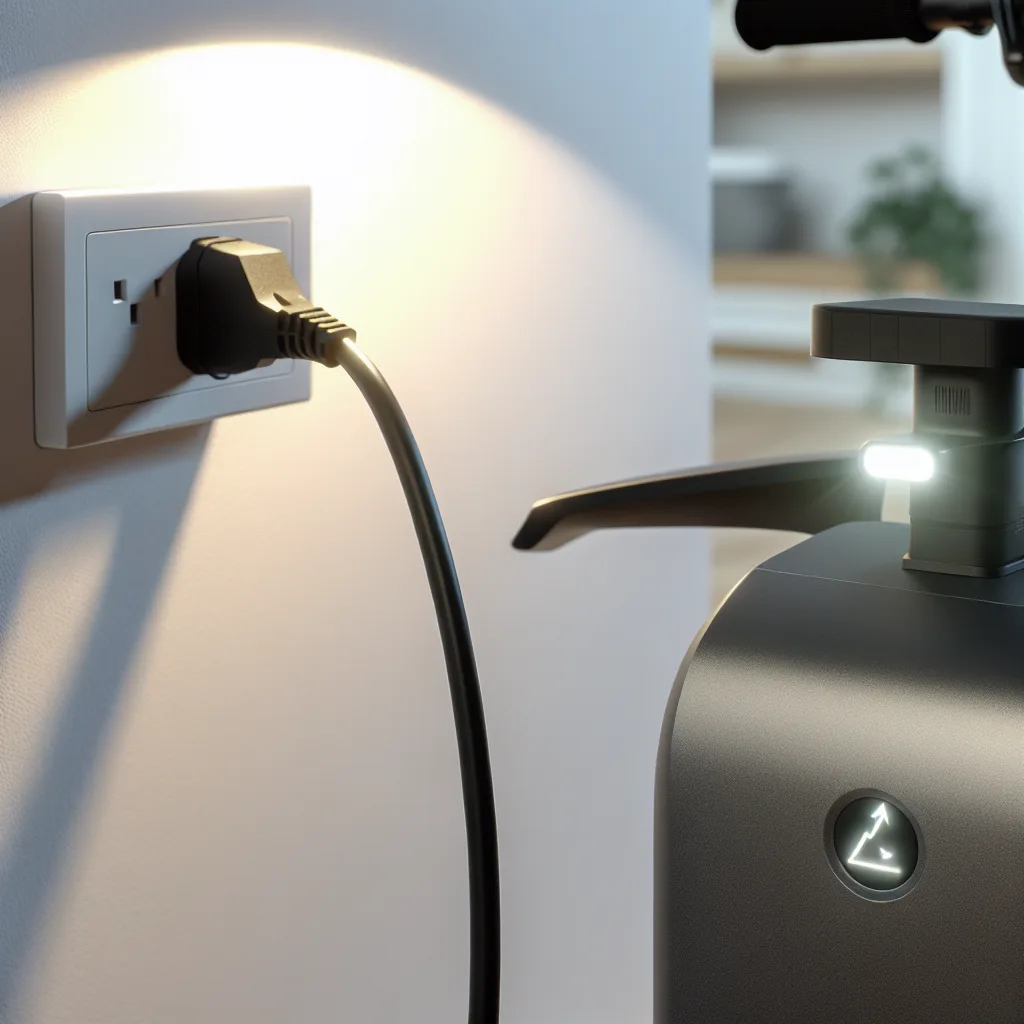How a simple change in your charging habits can extend the life of your e-bike’s most expensive part.
I used to have a bad habit. Every time I came home from a ride, the first thing I’d do is plug in my e-bike and leave it charging overnight. It seemed like the sensible thing to do—always ready for the next adventure, right? But I started noticing its range wasn’t quite what it used to be. It turns out, my “sensible” habit was slowly killing my bike’s most expensive part. Taking care of your e-bike battery health isn’t complicated, but it does require a little more thought than just plugging it in and forgetting about it.
It’s all about understanding how these powerful lithium-ion batteries work. Think of them like a muscle: you can push them to their absolute limit every single time, but they’ll wear out much faster. Constantly charging your battery to a full 100% and leaving it there puts stress on the cells. The same goes for running it completely flat. Over time, this stress causes the battery to lose its ability to hold a full charge, which is why your range starts to shrink.
It’s not just about longevity, either. It’s also about safety. A healthy battery is a safe battery.
Understanding Your E-Bike Battery Health
So, how do you treat your battery right? The first step is to stop thinking of 0% as “empty” and 100% as “full.” It’s better to think of the sweet spot for your battery, which is usually somewhere between 20% and 80% charge. Living in this zone puts far less stress on the battery’s internal components.
For most of us, an 80% or 90% charge is more than enough for our daily rides. That last 10-20% of charging is the most stressful part for the battery. By avoiding it, you can significantly increase the number of charge cycles your battery will last. According to the experts at Battery University, even a partial charge is better than a full one for extending a battery’s life.
Think about it this way: if you only need 60% of your battery for your commute, why charge it to 100%? Just charge it to what you need, with a little extra for buffer.
A Smarter Way to Charge for Better E-Bike Battery Health
Okay, so the goal is to avoid charging to 100% all the time. But how do you actually do that without babysitting your charger? This is where a little bit of tech can make a big difference.
The simplest method is to use a basic wall outlet timer. Figure out roughly how long it takes to get your battery to about 80% and set the timer accordingly. It’s a bit of guesswork, but it’s better than nothing.
A much better method is to use a smart plug with energy monitoring. This is what I do now, and it’s brilliant. Here’s how it works:
- Plug your e-bike charger into the smart plug.
- Start charging and watch the power consumption (in watts) through the smart plug’s app.
- As the battery fills up, you’ll notice the charger starts drawing less and less power. When it’s nearly full, the power draw will drop significantly.
- You can set an automation in the app to automatically turn the plug off when the power draw drops below a certain level for a few minutes.
This simple setup stops the charging process automatically once the battery is nearly full, preventing it from sitting at that stressful 100% charge for hours on end.
Simple, Practical Tips to Follow
You don’t need to be an expert to maintain good e-bike battery health. Just follow a few simple rules. Many manufacturers like Bosch offer similar advice.
- The 80/20 Rule: Try to keep your battery between 20% and 80% charge for daily use.
- Full Charge for Big Rides: It’s totally fine to charge to 100% when you know you need the maximum range for a long trip. Just do it right before you head out.
- Cool Down First: After a ride, let your battery rest and cool down for about 30 minutes before you plug it in. Charging a hot battery is a big no-no.
- Store It Smart: If you’re not going to ride for a few weeks, store the battery with a charge of around 40-60%. Don’t leave it fully charged or completely empty.
- Use the Right Charger: Always use the charger that came with your bike. It’s designed to work specifically with your battery’s management system.
Making these small changes to my charging routine has made a real difference. I feel better knowing I’m protecting my investment and ensuring my e-bike is ready for many more years of adventures. It takes a little getting used to, but your battery will thank you for it.
